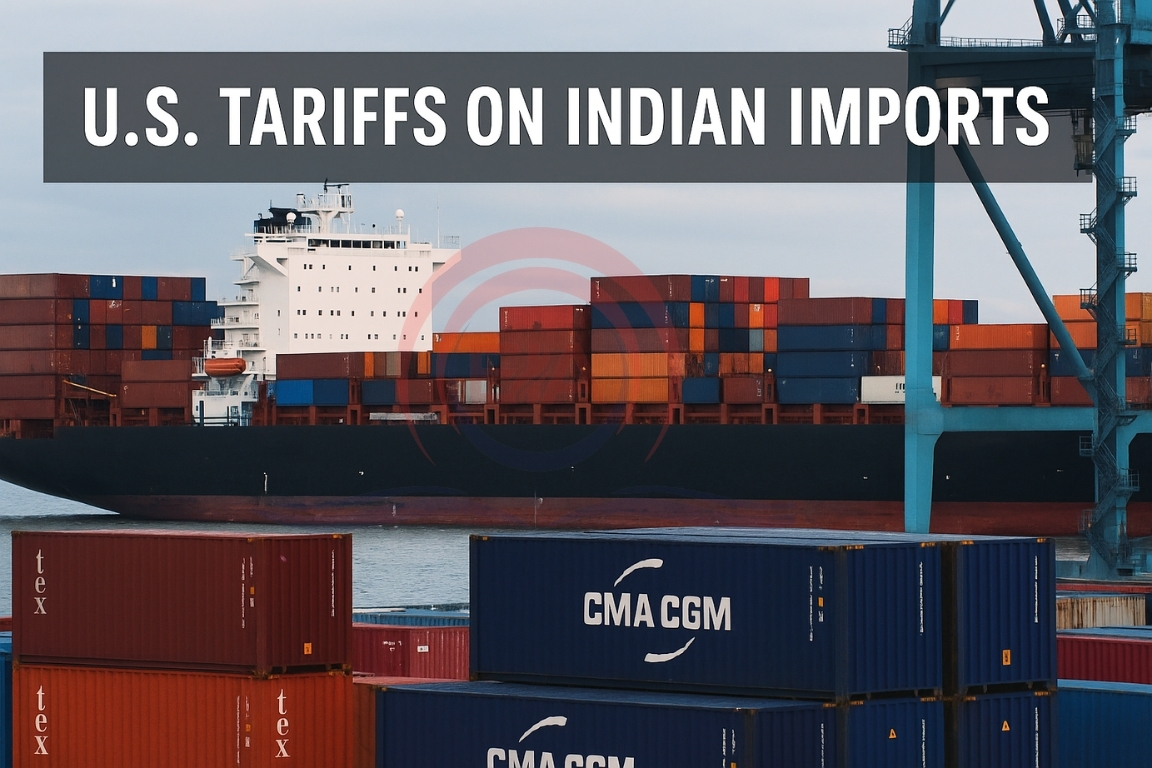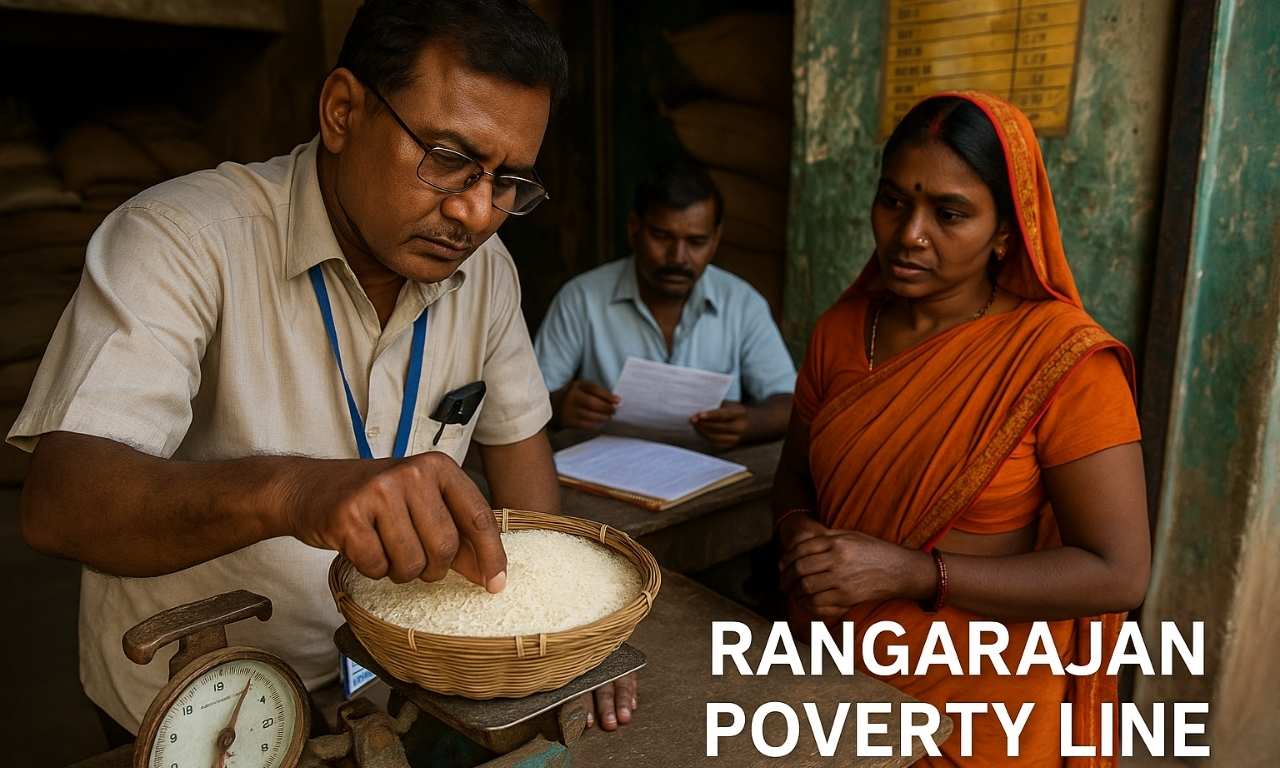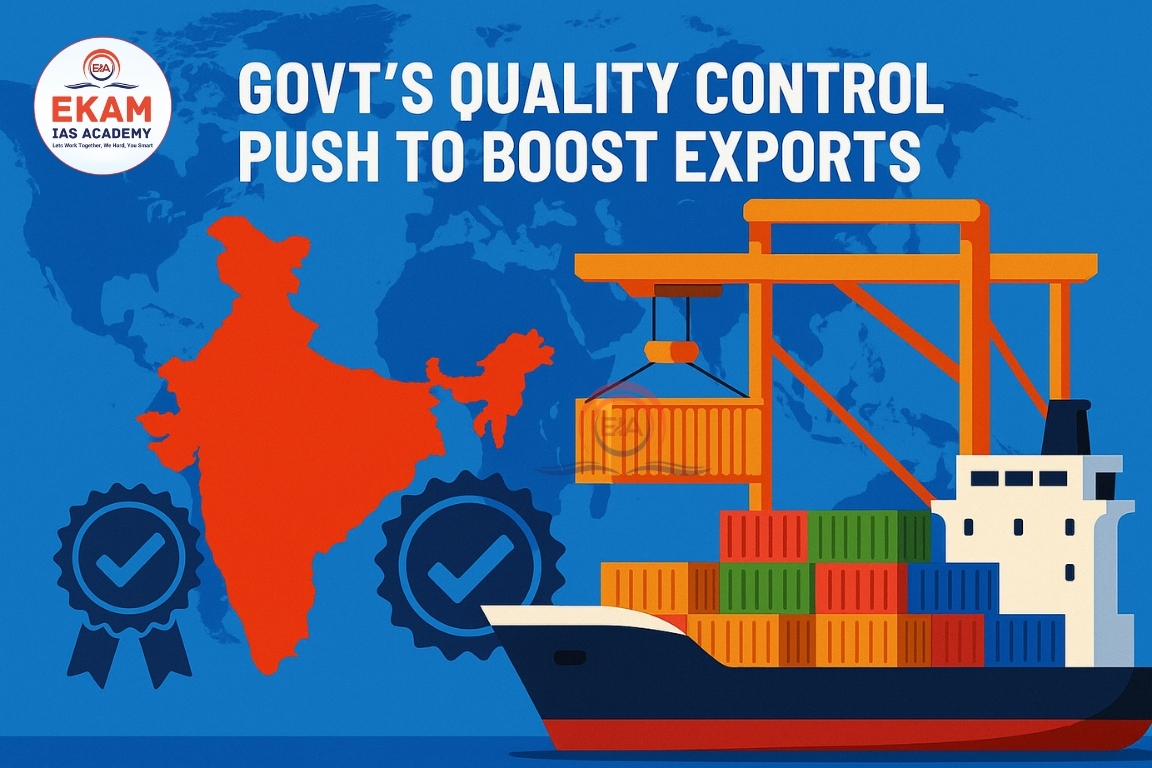The U.S. President has announced a fresh 25% tariff on Indian goods, in addition to an earlier 25% duty, citing India’s ongoing oil trade with Russia. India has strongly opposed these actions, calling them unfair and harmful to bilateral trade.
Background of the Issue
- The U.S. imposed a 25% tariff on Indian imports on July 31, 2025.
- On August 6, an executive order added another 25% duty, making it a total 50% tariff.
- The first 25% tariff comes into effect immediately, while the second will begin after 21 days.
- The U.S. justifies the tariffs as a reaction to India buying oil from Russia, violating the intent of sanctions imposed during the Ukraine conflict.
India’s Response
- The Ministry of External Affairs (MEA) called the U.S. decision “unfair, unjustified, and unreasonable.”
- India stated that its energy imports are driven by national energy needs for 1.4 billion citizens.
- The MEA also noted the hypocrisy in U.S. and EU continuing trade with Russia in other sectors.
- India stressed that trade decisions are based on market trends and long-term energy security.

WHAT ARE TARIFFS?
Tariffs are taxes imposed by a government on goods that are imported (and sometimes exported). They are charged per product or as a percentage of the product’s value.
Tariffs are used to:
- Protect domestic industries
- Earn government revenue
- Regulate foreign trade
Types of Tariffs
- Import Tariffs – Tax on goods brought into the country.
- Export Tariffs – Tax on goods sent out of the country (rare in India).
- Ad-Valorem Tariff – A percentage of the value of the product.
- Specific Tariff – A fixed fee per unit (like ₹10 per kg).
How Tariffs Affect India’s Trade
Positive Effects
- Protects Indian industries from cheap foreign goods.
- Encourages Make in India and local production.
- Reduces trade dependence on some countries.
Negative Effects
- Raises prices of imported goods (bad for consumers).
- Can hurt Indian exporters if other countries also impose tariffs in return.
- Reduces global competitiveness of Indian goods if raw materials become costlier due to tariffs.
Impact on Trade and Economy
- The Federation of Indian Export Organisations (FIEO) called this move a “serious blow” to Indian exports.
- High tariffs can make Indian goods more expensive in the U.S., reducing their competitiveness.
- Ongoing negotiations on a Bilateral Trade Agreement (BTA) may face delays or tougher terms.
Conclusion:
This sudden tariff hike is a fresh challenge for India-U.S. trade ties. While India defends its energy strategy, the decision reflects growing pressure on global alliances amid the Russia-Ukraine crisis.





